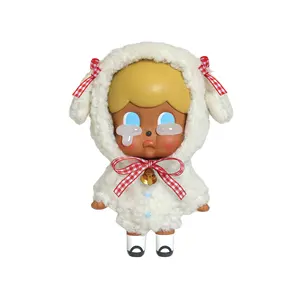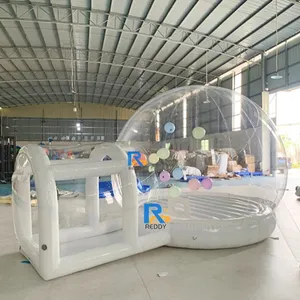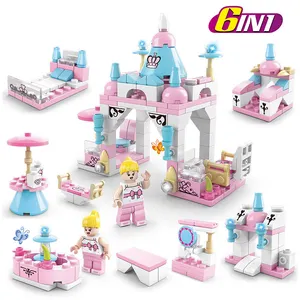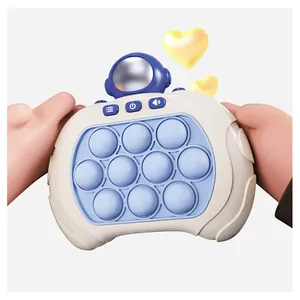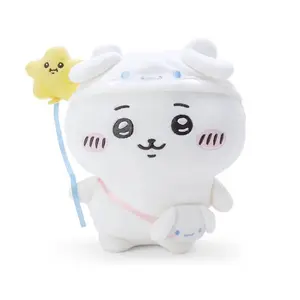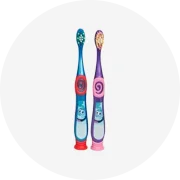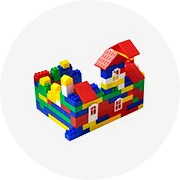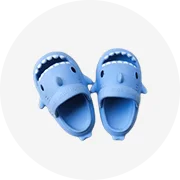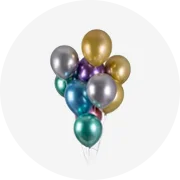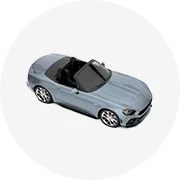الرائج في مجال عملك






حبيبات مطاطية ناعمة من البلاستيك متعدد الفاينيل توريد الجهة المصنعة
٥٥٬٠٢٠٬٥١٦ ₫ - ٦٢٬٦٥٥٬١٨٥ ₫
لمين: 1 طن






راتنجات كلوريد البولي فينيل SG-5 k67 رخيصة الثمن بسعر جملة المصنع صناعة صينية
١٧٬٣٠٦ ₫ - ١٧٬٨١٥ ₫
لمين: 1000 كيلوغرام







Qishen العذراء PP / PVC / HDPE / LLDPE/LDPE/الحيوانات الأليفة حبيبات/مادة خام من البلاستيك السعر
٢٧٬٩٩٤ ₫ - ٣١٬٠٤٨ ₫
لمين: 25 كيلوغرام







PVC الراتنج البلاستيكي في الصين المواد الخام K67/K65/K68 PVC الراتنج SG3/SG5/SG6/SG7/SG8 الصناعية درجة
١٩٬٠٨٦٬٦٧٣ ₫ - ١٩٬٨٥٠٬١٤٠ ₫
لمين: 17 طن







مباشرة من المصنع نوعية جيدة شفافة راتنج مواد خام يمكن التخلص منها بولي كلوريد الفينيل
٢٠٬٣٦٠ ₫ - ٢٢٬٩٠٥ ₫
لمين: 25 كيلوغرام







رقائق pet زجاجات البلاستيك الخردة في بالة ماكينة تكسير بلاستيك
٥٧٬١٥٨٬٢٢٣ ₫ - ٦٧٬٢٣٥٬٩٨٦ ₫
لمين: 1 مجموعة






أسلاك نحاسية نحاسية عالية الجودة مخصصة بسلك نحاسي أحمر قطره رخيص بجودة عالية صنع في الصين
٨٠٬٩٢٧٬٤٩٣ ₫ - ٩٨٬٧٤١٬٧٢١ ₫
لمين: 1 طن






الصين المهنية النفايات الخردة المستخدمة ماكينات طحن البلاستيك
٢١٦٬٣١٥٬٦٢٥ ₫ - ٢٢٩٬٠٤٠٬٠٧٣ ₫
لمين: 1 مجموعة






أعلى الفئات
حول الخردة البلاستيكية الماليزية
تقدم Alibaba.com صورة مذهلة ودائمة وواقعية. الخردة البلاستيكية الماليزية لقضاء وقت لعب ممتع وممتع لأطفالك. هؤلاء. لا تعتبر الخردة البلاستيكية الماليزية متعةً لقضاء الوقت فحسب ، ولكنها أيضًا لا مثيل لها عندما يتعلق الأمر بمنتجات الألعاب عالية الجودة. هذه المواد القوية مصنوعة. تعتبر الخردة البلاستيكية الماليزية مثالية للأطفال من جميع الأعمار وهي مزودة بجميع الأجزاء المتوفرة لتجربة واقعية. تم اعتماد هذه المنتجات واختبارها للأطفال للعب بأمان.
هذه رائعة. الخردة البلاستيكية الماليزية مصنوعة من البلاستيك المقوى ، وتقاسم المنافع والمتانة والاستدامة. يمكن لهذه المركبات أن تتحمل بسهولة الاستخدامات القاسية من قبل الأطفال وهي مركبات متوازنة توفر لهم ركوبًا رائعًا وآمنًا. هؤلاء. تم تجهيز الخردة البلاستيكية الماليزية بأبواب يمكن فتحها ، ومصابيح أمامية وخلفية قوية ، وأنظمة موسيقى تعمل على النحو الأمثل ، وأجهزة تعليق قوية. هؤلاء. تم تجهيز الخردة البلاستيكية الماليزية بأربع عجلات قيادة EVA و 4 محركات قيادة متميزة.
تقدم Alibaba.com عدة عروض متميزة. تتوفر الخردة البلاستيكية الماليزية بميزات متعددة لتناسب متطلباتك. هؤلاء. تتوفر الخردة البلاستيكية الماليزية في كلا الإصدارين الكهربائي والبطاري مع بدء تشغيل المحرك الكهربائي. يمكن الوصول إلى البطاريات إما بخيارات قابلة للإزالة أو غير قابلة للإزالة وتأتي بسعات مميزة. يمكنك تخصيص هذه الأشياء الجميلة تمامًا. الخردة البلاستيكية الماليزية ويمكنهم القيادة على أي تضاريس أرضية وامتلاك مصدات أمامية للأمان.
تصفح عبر مختلف. نطاق الخردة البلاستيكية الماليزية على Alibaba.com واشتر المنتجات التي تتناسب مع متطلبات ميزانيتك. هذه المنتجات حاصلة على شهادات ISO ، CE ، SGS ، ومتاحة كطلبات OEM. يمكنك أيضًا البحث عن خيارات تغليف مخصصة لعمليات الشراء بالجملة.
هذه رائعة. الخردة البلاستيكية الماليزية مصنوعة من البلاستيك المقوى ، وتقاسم المنافع والمتانة والاستدامة. يمكن لهذه المركبات أن تتحمل بسهولة الاستخدامات القاسية من قبل الأطفال وهي مركبات متوازنة توفر لهم ركوبًا رائعًا وآمنًا. هؤلاء. تم تجهيز الخردة البلاستيكية الماليزية بأبواب يمكن فتحها ، ومصابيح أمامية وخلفية قوية ، وأنظمة موسيقى تعمل على النحو الأمثل ، وأجهزة تعليق قوية. هؤلاء. تم تجهيز الخردة البلاستيكية الماليزية بأربع عجلات قيادة EVA و 4 محركات قيادة متميزة.
تقدم Alibaba.com عدة عروض متميزة. تتوفر الخردة البلاستيكية الماليزية بميزات متعددة لتناسب متطلباتك. هؤلاء. تتوفر الخردة البلاستيكية الماليزية في كلا الإصدارين الكهربائي والبطاري مع بدء تشغيل المحرك الكهربائي. يمكن الوصول إلى البطاريات إما بخيارات قابلة للإزالة أو غير قابلة للإزالة وتأتي بسعات مميزة. يمكنك تخصيص هذه الأشياء الجميلة تمامًا. الخردة البلاستيكية الماليزية ويمكنهم القيادة على أي تضاريس أرضية وامتلاك مصدات أمامية للأمان.
تصفح عبر مختلف. نطاق الخردة البلاستيكية الماليزية على Alibaba.com واشتر المنتجات التي تتناسب مع متطلبات ميزانيتك. هذه المنتجات حاصلة على شهادات ISO ، CE ، SGS ، ومتاحة كطلبات OEM. يمكنك أيضًا البحث عن خيارات تغليف مخصصة لعمليات الشراء بالجملة.

